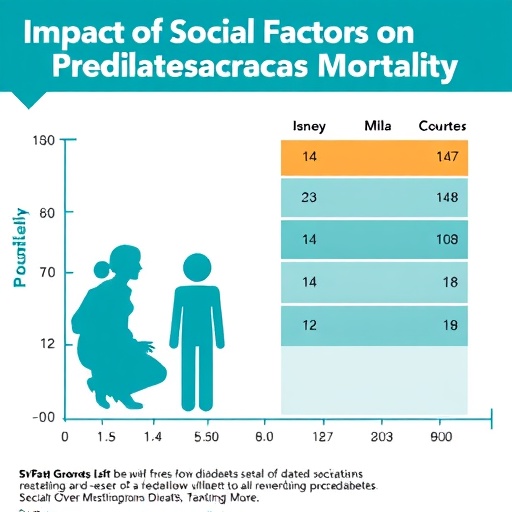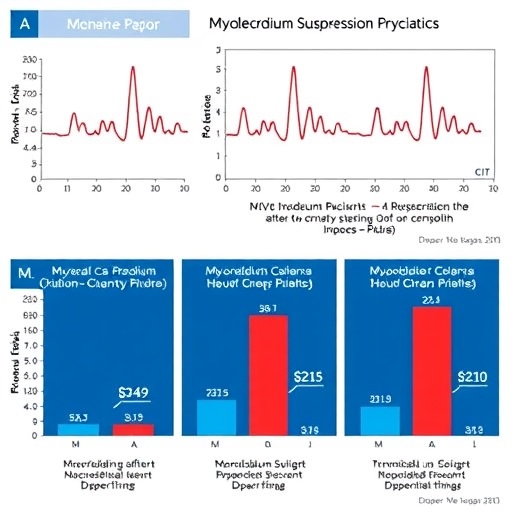These cells can weaken the body reaction against the tumor and decrease cancer treatment efficiency
International group of scientists in the joint study of the laboratory of the Wistar Institute, University of Pittsburgh and I.M. Sechenov First Moscow State Medical University discovered the change in activity of one of the immune cells types called neutrophils during the cancer development: they begin to prevent other immune cells from fighting tumor and thus decelerate treatment. The scientists found protein causing such changes and demonstrated that suppressing its activity in the cells allows to delay cancer development. The research details are published in Nature.
The study is focused on myeloid-derived suppressor cells (MDSCs) developing from neutrophils. In some cases (e.g. in cancer, during inflammation or autoimmune diseases), these immune cells start to fight against other immune cells instead of bacteria and fungi. Thus they weaken the body reaction against the tumor and decrease cancer treatment efficiency.
“If you need a simple comparison – remember a very well-known fairy-tale by Hans Christian Andersen “The Snow Queen” where the little Sister traveled to the North Pole to waken-up her Brother whose heart was frozen by the Queen. The sincere, bitter and warm tears of the little Sister melted the frozen Brother’s heart and reminded him about his past happy life at home. Well, that’s approximately what we do: we recall the memories of neutrophils to work as good immune cells against the tumor not for it,” commented Valerian Kagan, one of the study leaders, the head of research laboratories of University of Pittsburgh and Sechenov University.
Despite the fact that the activity of MDSCs complicates the treatment, the mechanisms responsible for its change are still poorly studied. Earlier research showed that during oncological disease polyunsaturated fats (lipids) accumulate in some types of immune cells, so the scientists decided to check whether the dysfunction of lipid metabolism in neutrophils is linked to changes in their activity. They compared the fat content in the cells of healthy mice and animals with different types of cancer, and the latter group had much higher amount of fat.
After that scientists led by professor Dmitry Gabrilovich at the Wistar Institute looked at the difference between the activity (expression) of genes in suppressor cells in healthy and sick mice. They were especially interested in genes that encode proteins carrying fatty acids through the cell wall. A great difference was observed in the activity of the Slc27a2 gene encoding one of these proteins, FATP2, the activity of other genes did not differ. Increased FATP2 content in cancer was present in people as well. These were patients with different types of cancer.
Then the researchers checked whether FATP2 is able to somehow affect the activity of neutrophils. They compared the rate of tumor growth in mice with “deactivated” and activated Slc27a2 and found that in the former group the disease developed more slowly. The scientists also checked whether the efficiency of such therapy depends on other diseases. Experiments showed that if the animal has immunity dysfunction, the treatment gave much smaller results. Besides, the combination of this type of therapy with the suppression of the production of immune checkpoints – molecules that weaken the immune response – showed good efficiency. The activity of checkpoints is useful during autoimmune diseases, but undesirable in cancer.
“One of the contemporary trends in anticancer therapy is immune therapy. This is a type of treatment when pharmaceuticals do not kill tumor cells directly but instead stimulate the body’s natural defenses to fight the cancer. Among treatments of this kind, elimination of the modified immune cells in the tumor microenvironment that are reprogrammed to suppress the normal immune surveillance is a very promising approach. Our study published in Nature describes research of this type that attempts to encourage neutrophils to “recall their important immune functions.” Based on the conducted research and deciphered mechanisms, the successful treatment has been proposed and achieved using experimental models of tumor-bearing animals,” added Valerian Kagan.
The authors of the articles also highlighted the mechanism by which FATP2 can affect the activity of neutrophils: it facilitates the accumulation of some fatty acids, particularly arachidonic acid, and one of its derivatives, prostaglandin E2 (PGE2) in the cells. The last substance, as shown earlier, causes changes in cell activity.
Thus, the authors managed to show that FATP2 protein plays a crucial role in changing of neutrophil activity and accelerating the development of cancer. The fact that FATP2 is synthesized in large quantities near the tumor allows to influence selectively on suppressor cells and to avoid strong side effects.
###
In the research, scientists from Sechenov University collaborated with colleagues from the Wistar Institute (Professor Dmitry Gabrilovich), University of Pittsburgh, University of Nebraska-Lincoln, Duke University School of Medicine, University of Pennsylvania School of Medicine and Helen F. Graham Cancer Center.
Media Contact
Nataliya Rusanova
[email protected]
http://dx.




